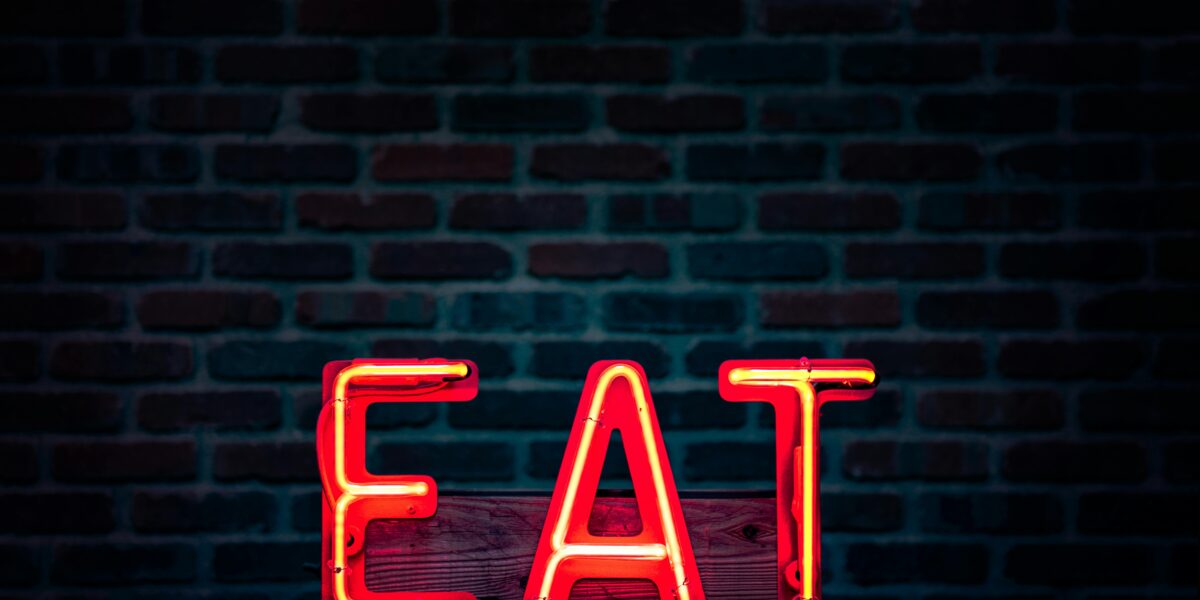The recent explosion of food halls across the United State is hard to miss. The number of food halls in the US is expected to triple to almost 300 by the end of 2020. Most major cities have a plethora of food halls, almost all of which have been developed in the last five to seven years. Some are focused on one region (such as Eataly or the newly opened Little Spain in NYC) while most offer a broad array of cuisines. Having just come back from two weeks in Spain, we encountered the food hall’s second cousins, the Market (or Mercado) throughout our visit. The Mercado is a unique combination of farmer’s market/specialty grocery/retail operation with uniformly beautiful presentations.
We at JGL keep thinking about putting a food hall or market inspired eatery in one of our museum or performing arts center client locations. We have discussed the concept with a few clients but so far have not found the right fit. The inclusion of a food hall in a museum as an example, could serve to draw traffic, generate local interest, support the local community and generate earned income. Downsides, of course, are plentiful including significant space requirements, a very specific layout that is not easily converted and the need to deal with multiple vendors. Until we find the right client site for a food hall we believe there are some food hall practices that can enhance any retail fast casual.
1. Bountiful display – We see half empty display cases in too many locations. The visual appeal is diminished when the display is not replenished.
2. Color and texture are important.
3. Unique packaging draws interest. Toss the clamshell and look to a bento box.
4. Decrease portion sizes and increase variety. Who doesn’t love sampling a smorgasbord?
We love checking out food halls on our travels so send us a note with your favorite food hall so we can add it to our must visit list. And if you are a museum administrator with ample space and a penchant for experimentation, reach out!

